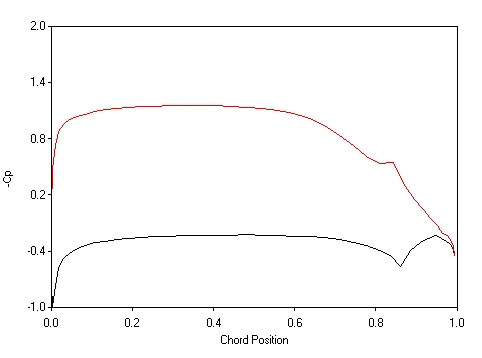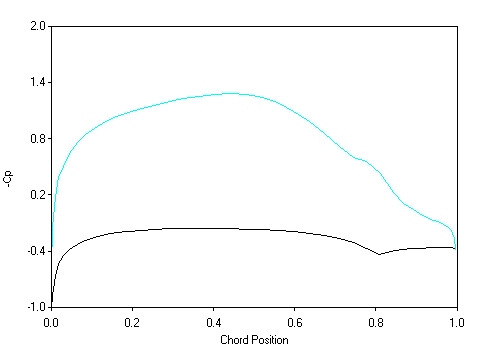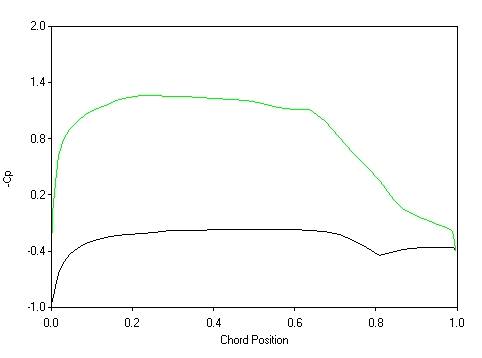
FX-67 Turbulator Recommendations
By Udo Rumpf
The FX67 15%&17% was designed to be a naturally transitioning airfoil. In early wind tunnel test it looked to be a winner and was used on some of the first 15meter flapped gliders. As it turned out it was not as good as the designers hoped.
The FX67 has a steep pressure drop and a very pronounced pressure recovery, due to the high camber and the general layout of the airfoil. Also the separation bubble was not understood very well at that time. The leading edge is relatively sharp, which further makes the airfoil intolerant to gusty conditions, like very turbulent thermals. The back 45% of the chord is very sensitive for the turbulent flow to separate. That is why I think in smooth conditions that airfoil performance better.
The FX 67 15% Is used on the Mini Nimbus, Mosquito and our HP-16s, '18s and RS-15s.
The Pik20 and the LS3 use both the FX67-15%&17%
The Performance can be enhanced by first: making the airfoil accurate in both shape plus or minus 2.5% and waves within the .002"-.004" tolerance and second installing a turbulator on the top at about 52% chord. I would use 3/16" cylinder dots about .040" high and spaced 1.25" apart. Within 1.5" down stream due to the 35 deg. wake the "top" surface will be awash in turbulent attach flow, at higher speed the effect will take a little more distance.
This set-up worked for me, till I made the change on my airfoil
The bottom surface has a transition at about 70% in climb mode and at higher speed at about the hinge line. At the 70%, if the transition bubble is small or none existence one would think no turbulator is needed. At higher speeds the hinge line will force a transition.
Graphs are provided for three airfoils, the first a modern and the second is a FX67-150, the third is the UDO15.3 all tree are set at about CL of 1.0
(Ed. Note: See Udo 15.3 1994 Version and 2000 Version.)
The modern one is designed to transition on its own on the top surface, and requires a turbulator on the bottom at low Cl.

The pronounced pressure drop in the first case, takes place much sooner and quicker and increases gradual. The pressure recovery is more gradual. That allows for a small bubble or a no bubble transition and for the turbulent boundary to stay attached more securely.

The second Airfoil is the FX67-150. Note the different emphasis. The approach is reversed. The pressure drop is more gradual and peaks and changes relative quickly into the recovery phase at about 45% chord.
That is why I think the airfoil would benefit from a turbulator on the top, but a traditional strip turbulator may not be ideal.

The third airfoil, which is use on the super HP18 needs a turbulator at about 62 % on top. It was designed to have a turbulator on the top surface. The reason for this solution is, there is not enough time - space in front of the hinge line for a normal recovery and still have an extended laminar flow. Of courses if one would design an airfoil with no constrains, like an existing wing it would be easier.
I have made a slight change to that airfoil since. I moved the transition on the bottom to coincide with the hinge line at low CL. A turbulator would not be needed as the transition move forward at higher CL and a normal transition could take place, but a smooth surface over the hinge line is a must that applies to both sides. Otherwise the turbulent attached layer still could separate.
The last comment applies to the FX67 airfoil bottom surface as well.